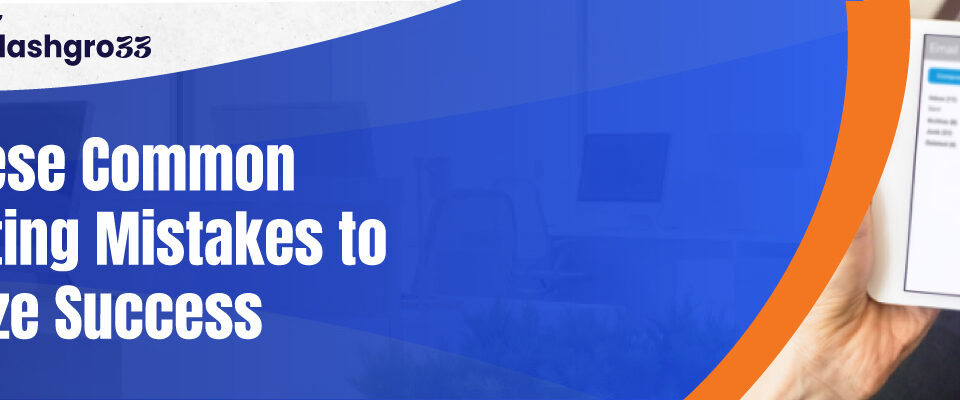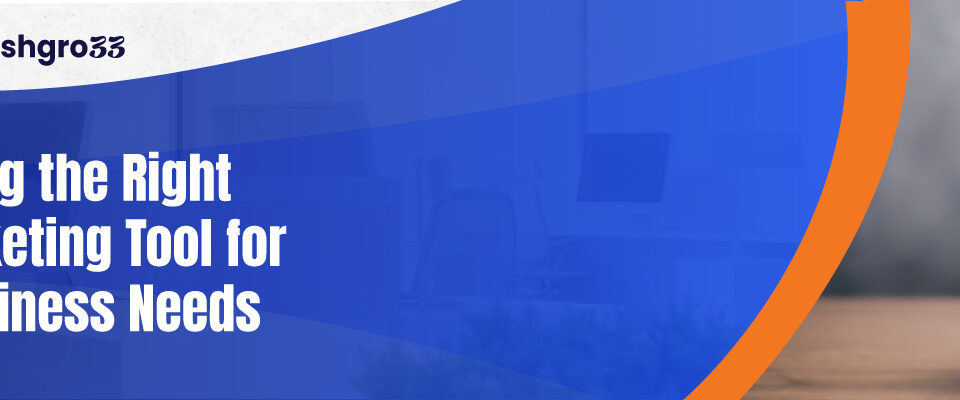
Must-Have Features in a Modern Email Marketing Tool
December 12, 2024
The Future of Email Marketing: Trends to Watch for 2025
December 12, 2024
How to Boost Customer Engagement with Personalized Email Campaigns
Introduction
In the crowded inbox of today’s digital world, standing out is no easy feat. Generic emails often go unnoticed, but personalized email campaigns have the power to break through the noise and forge meaningful connections with customers. Personalization in email marketing goes beyond adding a recipient’s name—it’s about delivering relevant, timely, and engaging content tailored to individual preferences and behaviors. This blog post explores effective strategies to boost customer engagement through personalized email campaigns.
Why Personalization Matters in Email Marketing
Personalized emails create a sense of value and recognition, which leads to stronger customer relationships. Statistics show that tailored email campaigns can significantly improve open rates, click-through rates, and overall conversions. Let’s dive into how you can harness personalization to drive customer engagement and foster loyalty.
Leverage Customer Data
Understanding your audience is the foundation of any successful personalized campaign. Collect data on customer demographics, preferences, and behaviors to create a solid base for your strategies.
For example:
- Track purchase histories to suggest complementary products.
- Analyze browsing behavior to identify interests.
By tailoring your content using this data, you can craft messages that resonate with your recipients, making them feel valued and understood.
Craft Engaging Subject Lines
Your email subject line is your first impression. A personalized subject line can boost open rates by 26%. To capture attention, incorporate the recipient’s name or reference their previous interactions.
For instance:
- “Sarah, Don’t Miss Out on Your Favorite Items!”
- “Here’s Your Exclusive Discount Code, James!”
These subject lines create curiosity and a sense of exclusivity, encouraging the recipient to open the email.
Segment Your Audience
Audience segmentation is key to creating targeted email campaigns. Divide your subscriber list into groups based on specific criteria such as:
- Demographics (age, location, gender).
- Behavior (purchase history, website activity).
- Engagement levels (highly engaged vs. dormant users).
Segmented campaigns allow you to address unique customer needs, resulting in higher engagement and conversion rates.
Use Dynamic Content
Dynamic content takes personalization to the next level by adapting email elements based on individual behaviors or preferences. For example:
- Displaying product recommendations based on browsing history.
- Highlighting location-specific offers or events.
This real-time customization ensures your emails stay relevant, boosting engagement and satisfaction.
Implement Behavioral Trigger Emails
Automation plays a vital role in personalization. Set up trigger-based emails to respond to customer actions like:
- Abandoned cart reminders.
- Post-purchase thank-you emails.
- Re-engagement emails for inactive users.
These timely messages keep your brand top-of-mind and encourage customers to take the desired action at the right moment.
Celebrate Important Dates
Recognizing milestones such as birthdays or anniversaries can enhance customer loyalty. Send personalized emails with special discounts or rewards during these occasions.
Example:
“Happy Birthday, Alex! Enjoy 20% Off on Us.”
Such gestures show customers they are appreciated, strengthening their connection to your brand.
Optimize Send Times
Timing is everything when it comes to email marketing. Use analytics to determine when your audience will likely check their inbox and engage with your content. Scheduling your emails during these peak times increases the chances of your message being opened and acted upon.
Personalize Product Recommendations
One of the most effective forms of personalization is tailoring product suggestions based on individual preferences and shopping habits. Studies reveal that personalized recommendations can boost click-through rates by over 840%.
For instance:
- Suggest accessories like phone cases or chargers if a customer recently purchased a smartphone.
- Highlight bestsellers that align with their browsing history.
These targeted recommendations make emails more relevant and actionable.
Incorporate Interactive Elements
Interactive emails can take engagement to the next level. Features like quizzes, live polls, or countdown timers encourage recipients to interact with your content.
Example:
- A live countdown for an exclusive sale builds urgency.
- A quiz to help users find their ideal product increases engagement while gathering more data for personalization.
Interactive emails provide a fun and engaging experience, making your brand memorable.
Measure and Optimize Campaigns
To ensure continued success, track the performance of your campaigns using metrics such as open rates, click-through rates, and conversions. Use this data to identify areas for improvement and refine your personalization strategies.
Key tips:
Test different subject lines, layouts, and content to see what resonates best.
Regularly update customer data to keep your campaigns fresh and relevant.
You can stay ahead of evolving customer preferences by continuously optimizing your campaigns.
Conclusion
Personalized email campaigns are no longer a luxury—they’re a necessity for businesses aiming to boost engagement and foster loyalty in an increasingly competitive market. By leveraging customer data, crafting tailored content, and using advanced tools like dynamic content and segmentation, you can create impactful emails that resonate with your audience.
As you implement these strategies, remember that personalization is about more than just increasing sales; it’s about building meaningful relationships with your customers. When done right, personalized email marketing not only captures attention but also leaves a lasting impression, driving long-term success for your brand.




